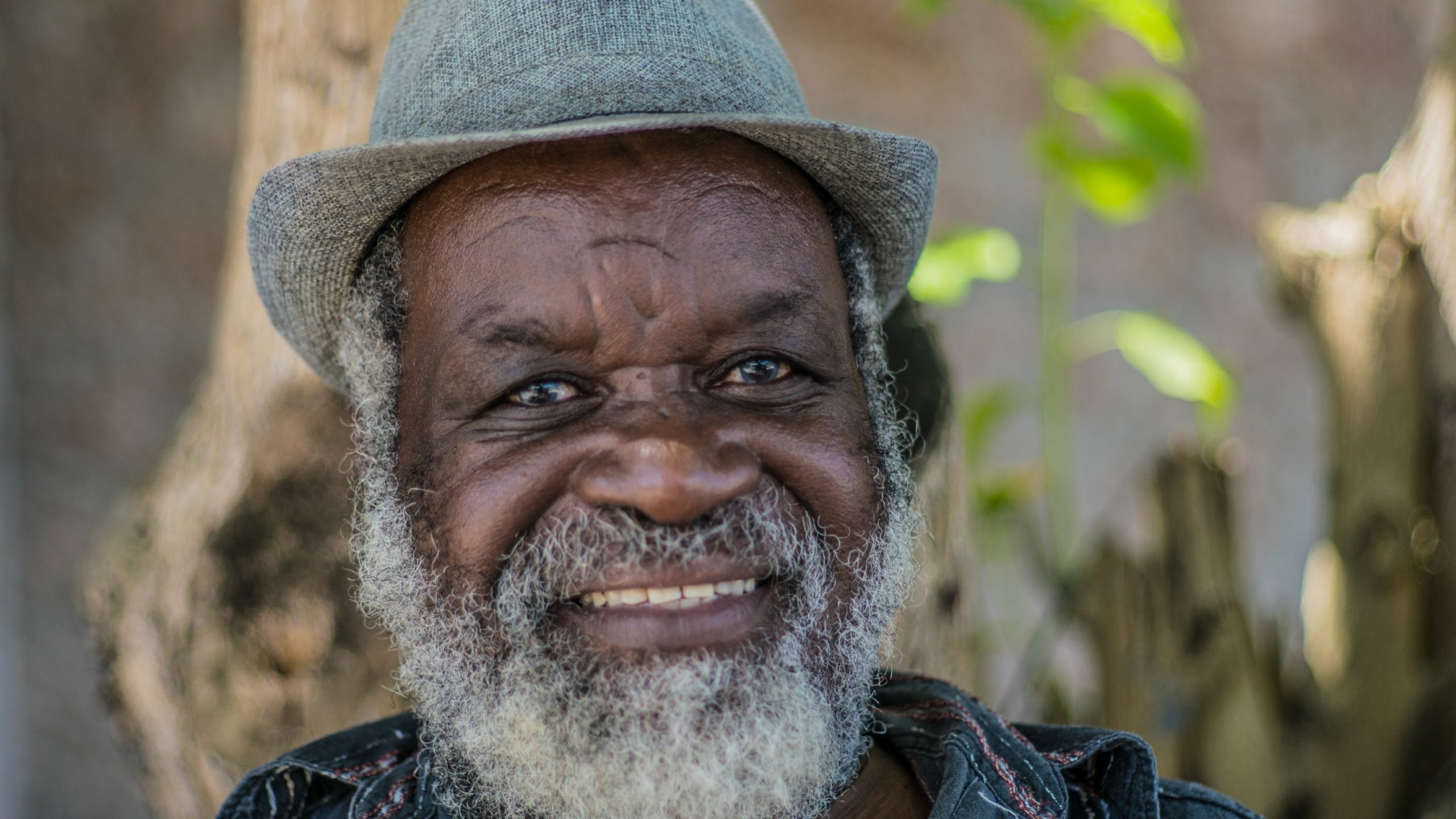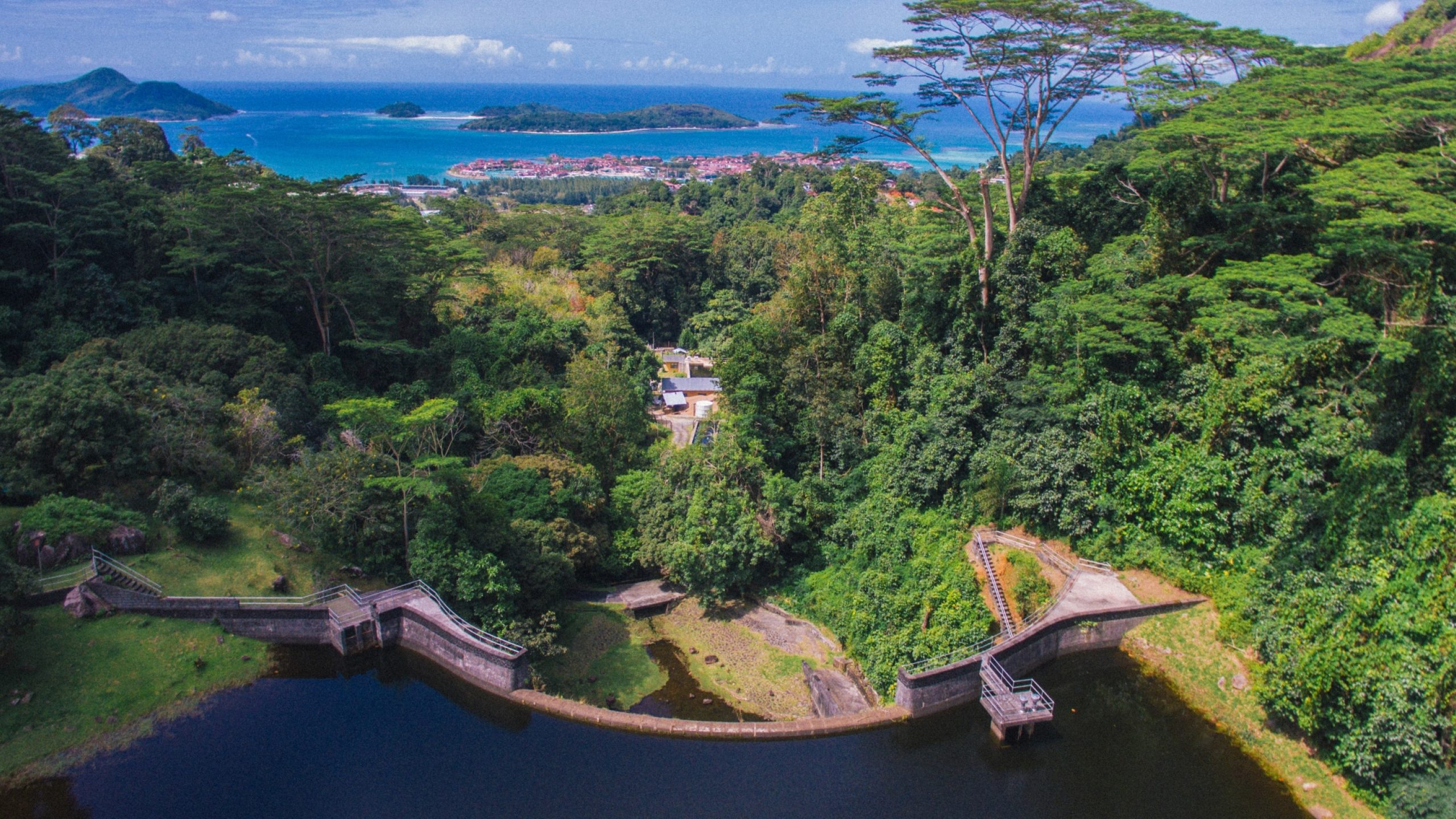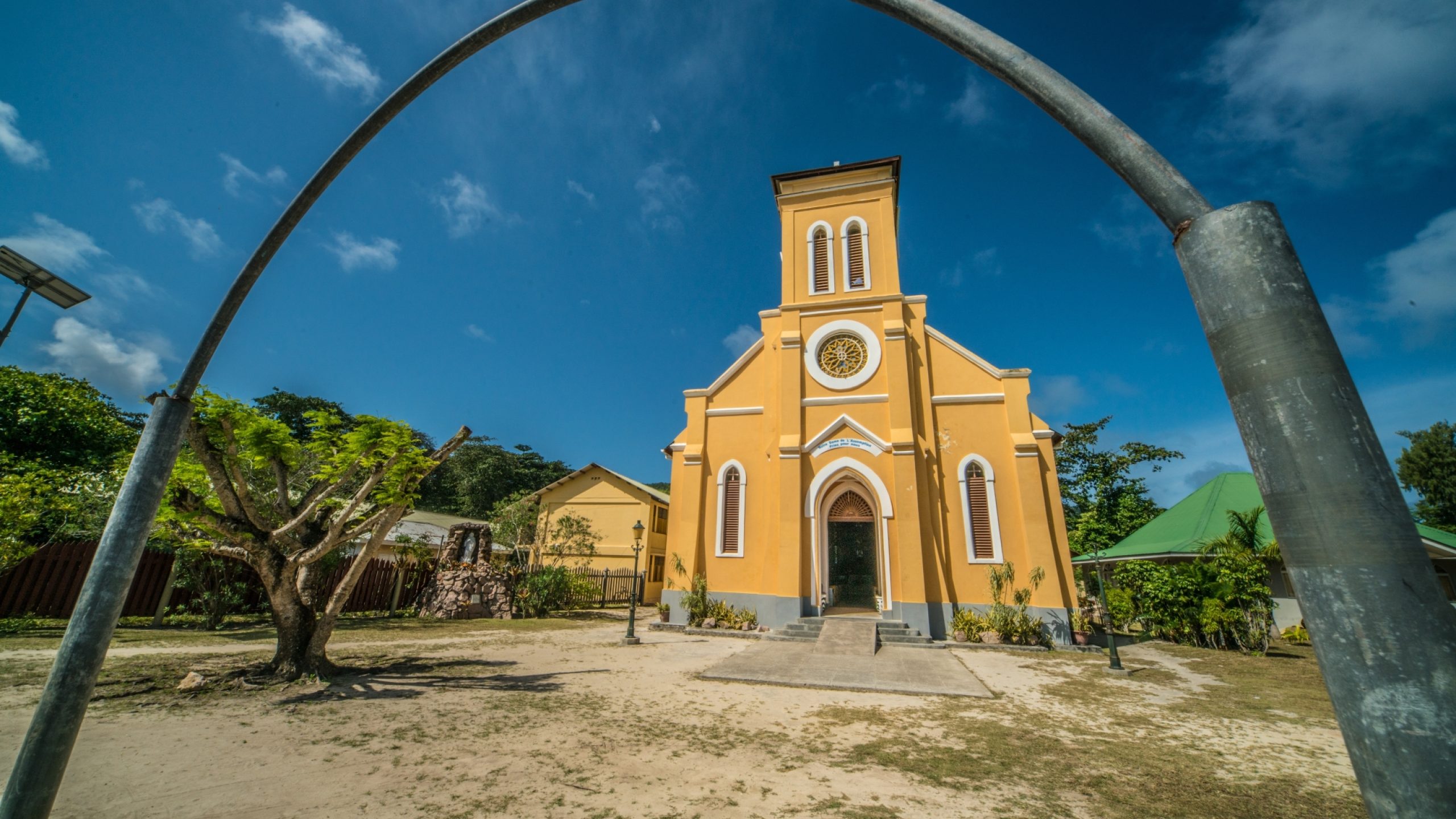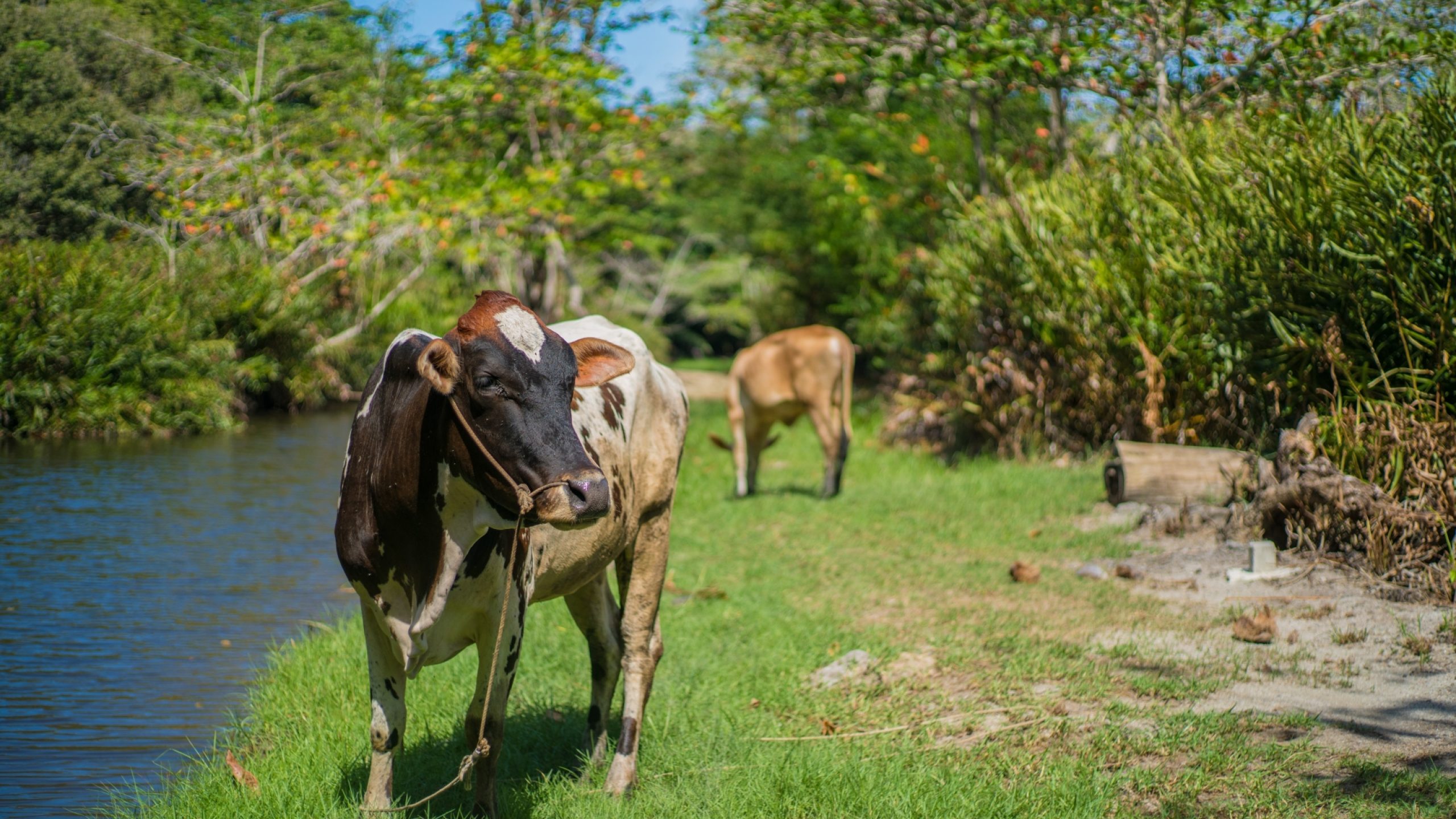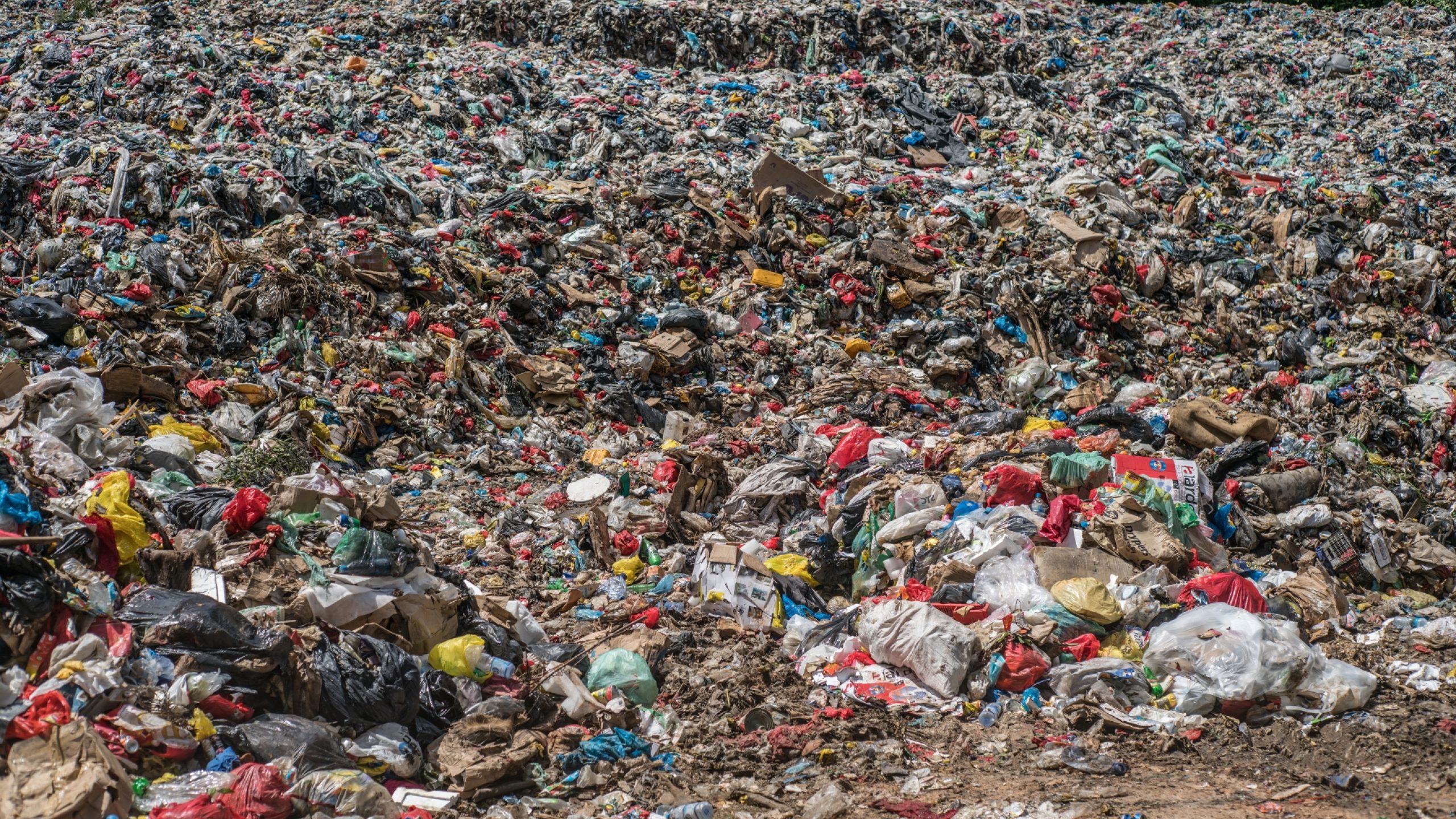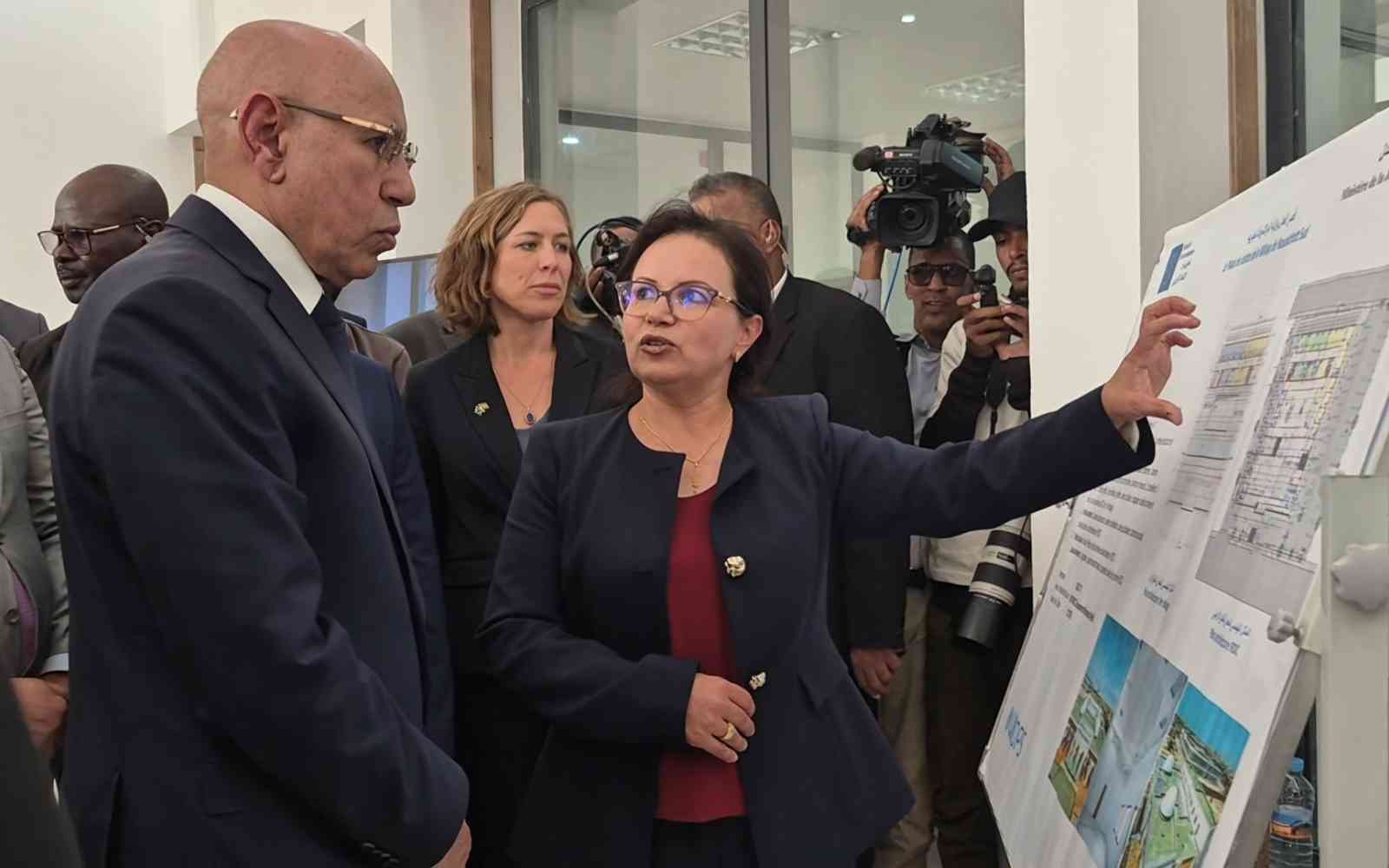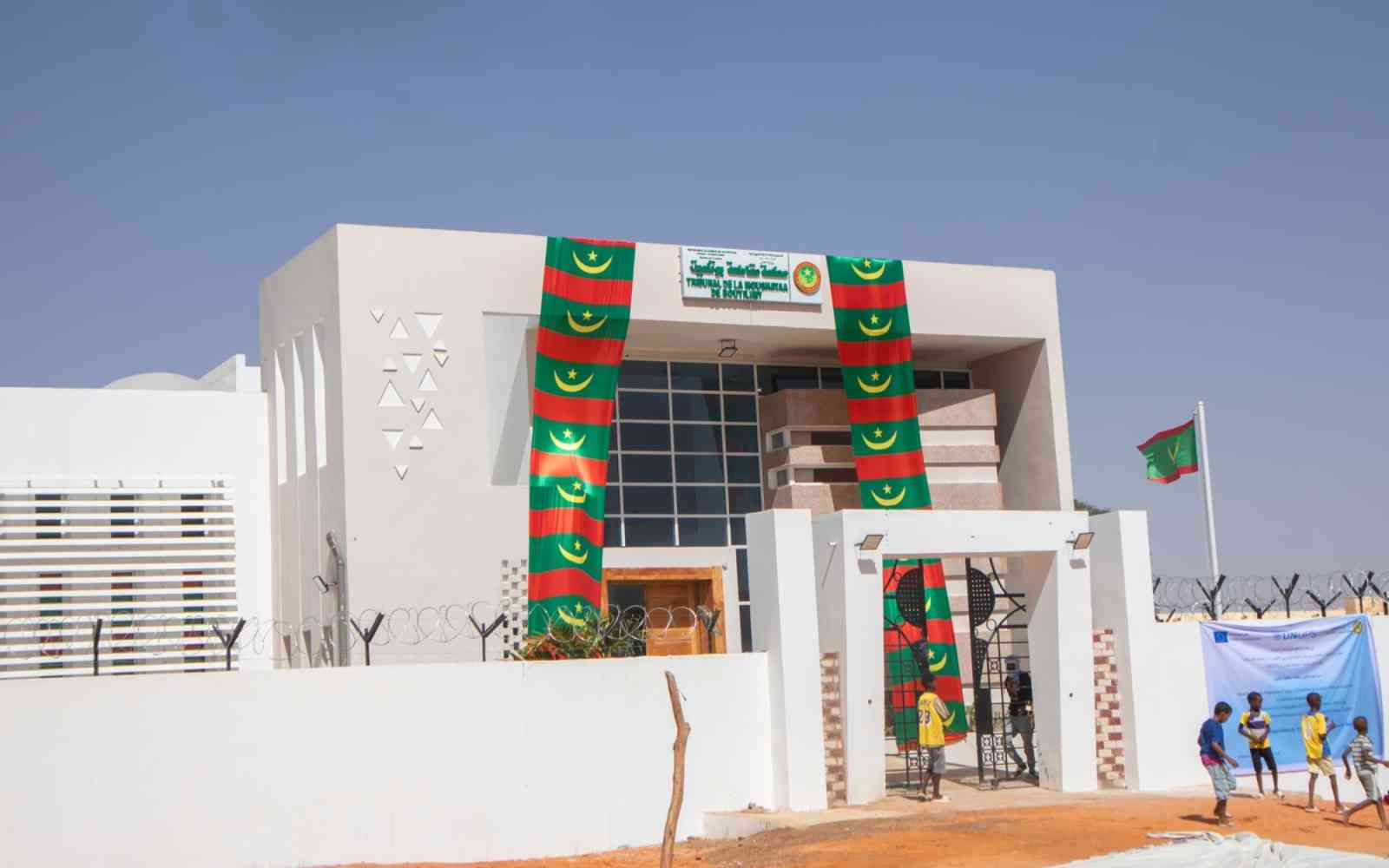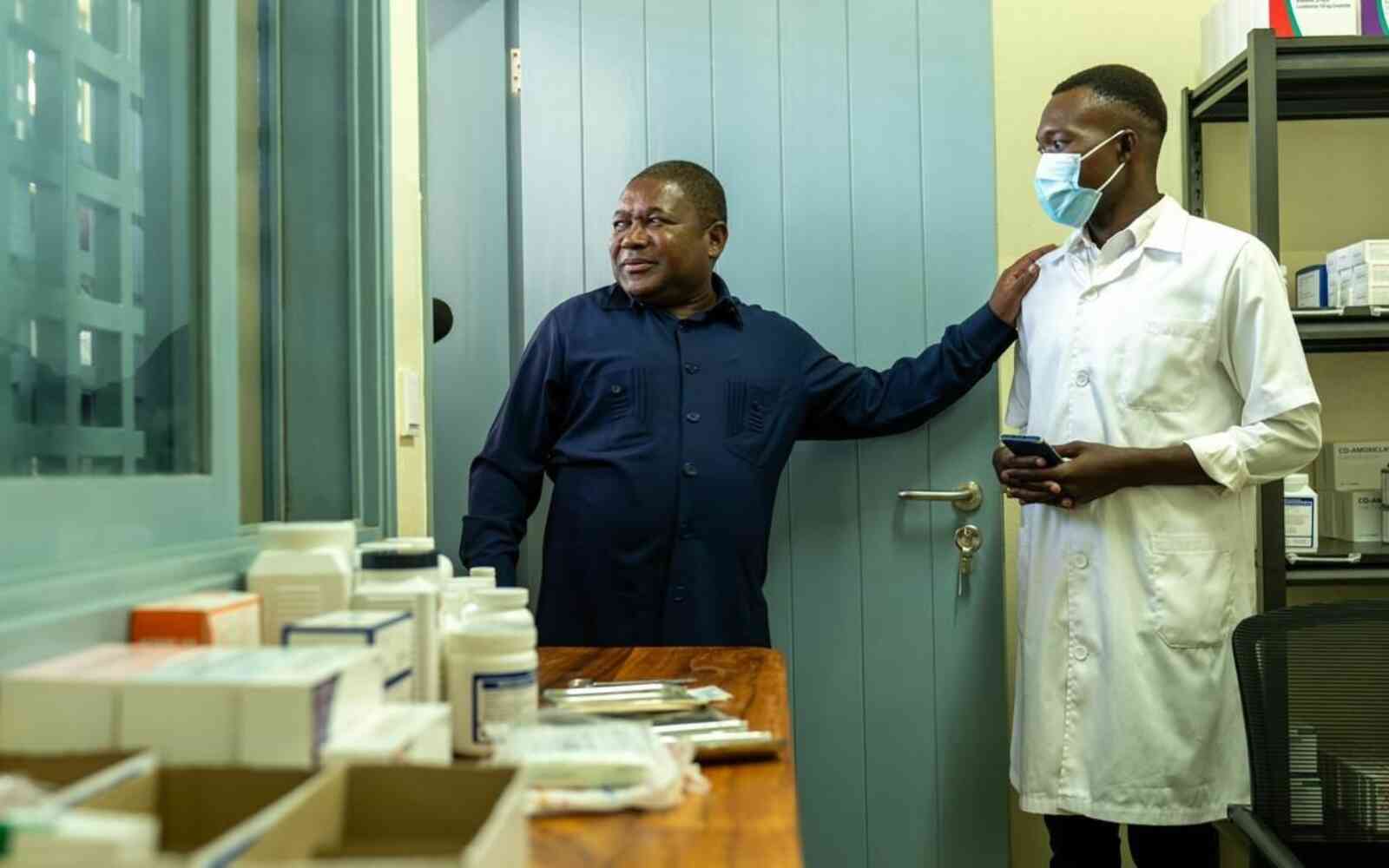The United Nations Office for Project Services (UNOPS)

The unique challenge of Small Island Developing States
Islands of the Caribbean Sea, Atlantic and Indian Oceans boast white sandy coastlines, forest-covered mountain ranges and historic ports. But, the position of Small Island Developing States also makes them uniquely vulnerable to the impacts of climate change.
The people of Comoros, Cabo Verde, Mauritius, Maldives, São Tomé and Príncipe, and Seychelles find that the access to and management of uncontaminated freshwater tops the list of challenges for their small communities.

Comoros
Comoros
The third-smallest nation in Africa, Comoros is also one of the least developed countries in the world. Over half of its population lives below the poverty line. The livelihoods of over 80 percent of which depend on agriculture and fishing.
Inefficient and overuse of river resources leads to their contamination. In turn, the polluted river water flows straight into the ocean, affecting coastal ecosystems on which so many islanders depend. Solid waste piles up on beaches.
Mutsamudu is the second-largest city in Comoros and home to approximately 30,000 people, all of whom depend on the water resources of the Mutsamudu River. The Mutsamudu river basin is under extreme pressure from deforestation, pollution and poor agricultural practices. Here, a much needed water management plan has been developed following extensive consultations with stakeholders.
An inclusive public awareness campaign helps support the plan by working with the the people of Mutsamudu in an effort to keep the river clean.

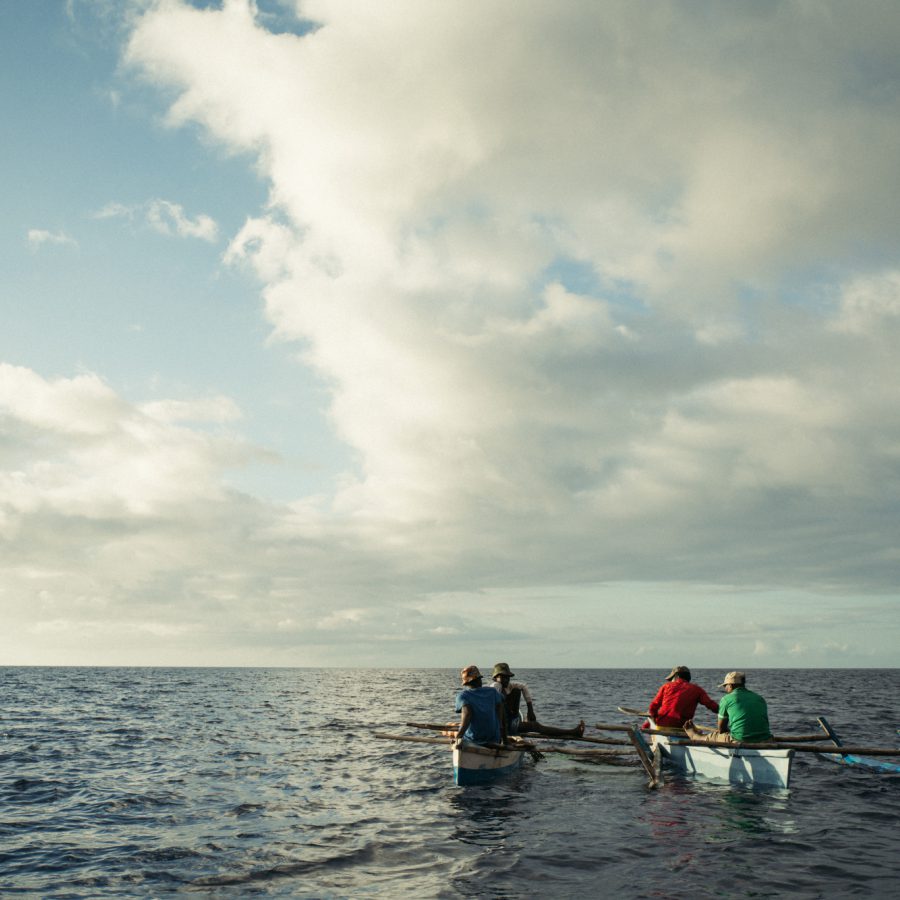


Cabo Verde

Cabo Verde
Located some 570 kilometers off the coast of Western Africa, the ten islands that make up the Republic of Cabo Verde are home to half a million people. Around 38 percent of the country’s population lives in rural areas.
Many families on these islands live in homes with inefficient septic tanks and/or water connection problems. Information from the National Statistics Institute of Cabo Verde indicates that in rural areas fewer than 16 percent of households have access to sewage networks or septic tanks at all.
An Integrated Water Resources Management initiative in Tarrafal, on the northwest coast of the island of Santiago, aims address some of the issues. Following a survey, 500 homes will be linked to the town’s sanitation infrastructure. Considerably more wastewater will flow into Tarrafal’s treatment plant, which has been upgraded to cope with the additional flow.
Better connected infrastructure will also significantly increase the amount of treated water that is channeled into the Colonato agricultural area on the outskirts of the town, in an effort to boost the declining industry.




Mauritius

Mauritius
This island nation off the southern coast of Africa is made-up of the islands of Mauritius, Rodrigues, Agaléga and Saint Brandon. Several ethnicities live on these islands, speaking four main languages. The island of Mauritius was also the only home to the now extinct Dodo bird.
The Northern Aquifer is one of five main underground water reserves on the island of Mauritius. It provides 50 to 60 percent of water needed for domestic purposes. Unfortunately, this vitally important resource is susceptible to over-use and contamination from a range of sources.
An in-depth study of the Northern Aquifer is expected to provide information about the groundwater resource and the twin risks of contamination and salt-water intrusion. Improved understanding, by both engineers and local communities, will help the people of Mauritius to adopt integrated approaches to water management, with the goal of protecting precious groundwater resources and ensuring sustainable water supply.




Maldives

Maldives
Asia’s smallest and the planet’s lowest country is one of the world’s most geographically dispersed. Its population of 400,000 are scattered across 188 of the nation’s 1,192 islands. The Maldives is the third-most endangered nation due to flooding from climate change. The country does not have much available freshwater – residents of the archipelago area depend on rainwater and groundwater aquifers to meet their needs.
Efforts are underway to establish an integrated water supply system. This includes infrastructure needed to collect and store rainwater, a desalination plant and a water distribution network that provides every household on Thoddoo Island with clean drinking water.
A water quality monitoring programme — one that involves farmers and local residents in the testing and sampling of water quality will allow islanders to check pollution levels in the water they use. This gives the people who use the water from the basin everyday a key role in protecting the resource.




São Tomé and Príncipe

São Tomé and Príncipe
Part of an extinct volcanic mountain range, these two islands represent Africa’s second smallest country. The Rio Provaz basin, is the main source of water for domestic and industrial use in the town of Neves, on São Tomé. This basin has been identified as being one of the most vulnerable water catchments on the island.
Over the past few years, the Rio Provaz basin has been affected by several natural disasters, probably caused by changes in land use and climate change. For example, there has been an increase in land conversion from tropical rain forest to agriculture and charcoal production — practices that pose a major threat to the water resources of the Provaz and which may compromise water supply in the future.
These issues were brought to the fore in October 2009, when floods swept through part of Neves, causing major damage to the residential area and to the water supply infrastructure.
Concern for the future, and a recognition of the importance of the river’s resources to the people of Neves, has resulted in the establishment of an Integrated Water Resources Management demonstration project that is working to improve the management of the Provaz River catchment.
It provides an opportunity for the 8,500 people who depend on the river’s resources for everything from drinking to washing, to address the problems affecting the quantity and quality of water in the river.




Seychelles

Seychelles
With 86,525 people, the 155 islands of the Republic of Seychelles host the smallest population of any African state. La Digue is the third largest inhabited island of the Seychelles and tourism is its main source of income.
The water scarcity problem is compounded by an increasing demand for freshwater and the fact that the groundwater aquifer is known to be polluted. If unchecked, the pollution may make the water completely unfit for human consumption and seriously impact the islanders’ way of life.
The project uses a number of strategies, including local media and awareness raising initiatives to raise La Digue islanders’ awareness of the need to reduce demand for potable water and also seek alternative sources of freshwater — such as the installation and use of rain tanks. This will help protect the aquifer from overuse and pollution. The efforts will help the people of the island to balance the economic benefits generated by tourism with the need to conserve precious water resources.
Project details
This Global Environment Facility-funded project is implemented by UN Environment and the United Nations Development Programme and supported by UNOPS. For more information, please visit the SIDS IWRM website.







